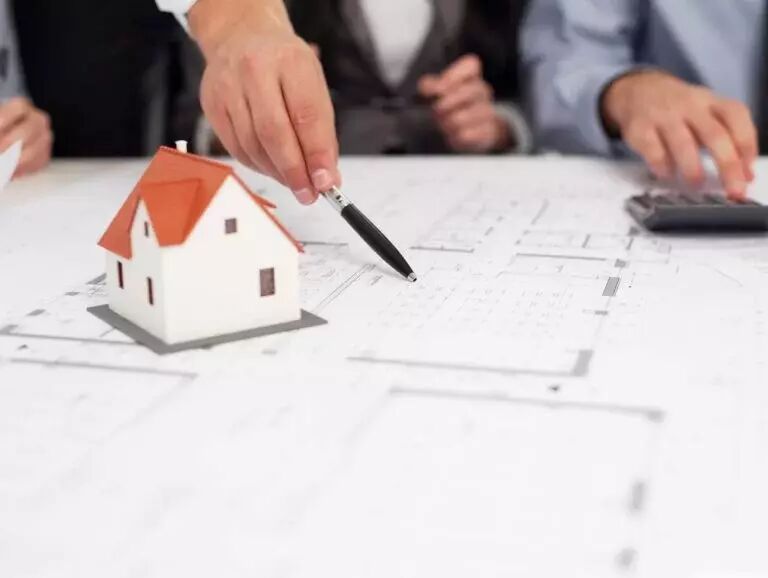Due diligence and risk assessment
This is the most crucial first step whose insights will dictate how you proceed with the property development process. If you’re taking out a loan, you need to conduct due diligence on the lender and conduct a feasibility study, so you know how profitable your property could be when you need to pay it off. Risk assessment is particularly important when selecting a location for your property, but so are other factors such as the type of construction you want to build, deadlines, council restrictions, and building team. Once you are certain of all of these requirements, you can move onto the next step.
Locating and buying a site
The major part of your due diligence will involve selecting the location for your future property. There are several questions you could ask when narrowing down a location. Is it close to amenities such as public transport, parks, and healthcare facilities? Is it in an area dominated by schools and universities, or a suburb with a primarily older demographic? If you are creating a multi-dwelling unit, make sure the land you select is suitable for subdivision. You do not want to end up in a legal tangle with the council. Your property lawyers can advise you on how to draw up a contract and negotiate with real estate agents so you secure the ideal piece of land.
Approval and planning
Securing approval can be the most tricky part of the property development process, but engaging well-qualified property lawyers in Melbourne can help navigate any roadblocks and make discussions with the concerned council easier. Every council has different guidelines for property development and every suburb is planned differently, and it is imperative that you familiarise yourself with these nuances. All the red tape can be frustrating, but it is necessary to get it out of the way before you can start any planning and drawing. There is a lot of documentation involved at every step, including plans for landscaping and energy use, so make sure you have all of them safely on hand.
Drawing and building
This is where the fun begins (but the paperwork doesn’t stop). Once you have secured approval, you can get in touch with architects and engineers to visualise your dream property, plan the layout and all essential safety requirements, and get building. Once more, your property lawyers will assist you in drawing up contracts with all necessary parties. Ideally, while waiting for council approval you should have done your research on the builders and architects best suited for your project. Time is money, and getting things done quicker gives your property greater value. If you are building a multi-dwelling lot, this is the best time to work on your plan of subdivision so it can be ready for selling or letting.
Wrapping it up
Now that your property is finished, you can decide whether to sell or rent it out. You may engage with a different set of real estate agents to complete the final step of the property development process. Make sure all your paperwork is in order and you can let go of your property in good time for a handsome profit and maximum satisfaction.
Feel at ease about property development with P&B Law
We’ve given you a straightforward breakdown of the property development process, but it can be long and complicated to navigate in real time, with plenty of paperwork. Fortunately, our team of legal experts are here to help guide you through it with minimal stress. Get a quote with us the next time you decide to build a property.
